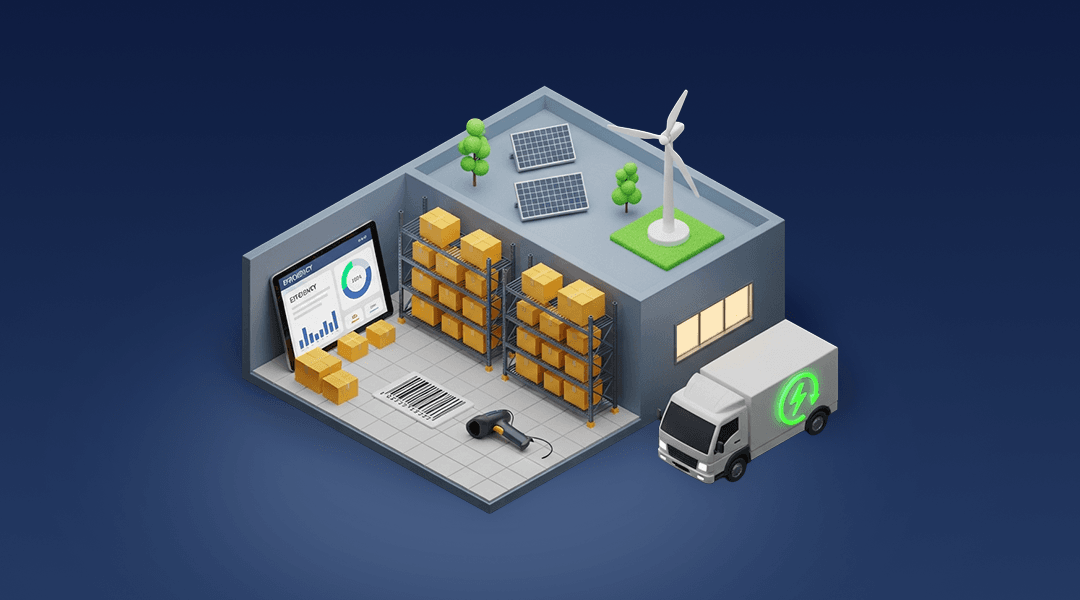The Most Critical Supply Chain Metrics and Why They Matter

Table of Contents
Snapshot Summary: Metrics that Move the Needle
If you’re short on time, here’s what matters most:
- Fill rate shows how well you’re meeting demand on the first try.
- Lead time tracks the time from order to delivery, vital for customer satisfaction.
- Perfect order rate measures how often you get everything right—on time, correct, and complete.
- Tools like an Order Management System (OMS) or Warehouse Management System (WMS) help track and improve these KPIs.
- MENA-based businesses need tailored strategies due to infrastructure, customs, and regional supply dynamics.
Why KPIs Are the Lifeblood of Supply Chains
Today’s supply chains move faster than ever. Speed, accuracy, and visibility aren’t just “nice to have”—they’re survival tools. Whether you manage warehouses in Riyadh or ship goods from Dubai Free Zones, the right KPIs give you clarity. Without them, you’re flying blind.
From stockouts to late deliveries, poor performance in any one area can disrupt your entire operation. That’s where data-driven decision-making steps in.
Let’s break down the most critical metrics in supply chain management and why each one matters.
Fill Rate: How Often Do You Deliver What’s Ordered?
Definition: The percentage of customer demand met without backorders or delays.
Why It Matters: Low fill rates mean lost sales and frustrated customers. In the MENA region, where logistics infrastructure varies by country, this KPI helps identify weak points in your fulfilment flow.
How to Improve:
- Sync stock across all sales channels using a modern Inventory Management System.
- Use demand forecasting tools—Omniful’s AI-powered solutions are a great example.
- Apply safety stock buffers, especially during seasonal peaks or Ramadan surges.
Lead Time: How Long Does It Take from Order to Delivery?
Definition: Total time from placing a purchase order to its delivery.
Why It Matters: In today’s quick-commerce environment, long lead times kill repeat business. Brands like Laverne in KSA slashed their average delivery time from 4–6 days to under 3 hours by optimising internal fulfilment.
How to Reduce It:
- Automate processes using an Order Management System.
- Integrate your WMS with shipping partners for real-time updates.
- Reroute orders dynamically based on stock location or courier delays.
Perfect Order Rate: How Often Do You Get Everything Right?
Definition: Orders delivered on time, complete, without damage, and with correct documentation.
Why It Matters: It's the KPI that blends customer satisfaction with operational efficiency. One mistake in any area—wrong item, damaged goods, late delivery—counts against you.
Boost It By:
- Enabling barcode scanning in your WMS for accurate picking.
- Automating invoicing and order tagging using rules in your OMS.
- Tracking SKU-level performance with real-time dashboards.
Inventory Turnover Ratio: A Measure of Efficiency
Definition: The number of times inventory is sold and replaced during a given period.
Why It Matters: Too low? You’re overstocking. Too high? You risk running out. This is crucial for managing cash flow and avoiding dead stock, particularly in sectors like grocery and pharma.
Fixing Poor Turnover:
- Clean your product catalog regularly—Omniful’s bulk upload and SKU management tools help here.
- Use batch tracking and expiry alerts for better rotation.
- Analyse slow-moving stock with BI dashboards and offload through promotions.
Real-World Example: Omniful in Action
Aramex, a global logistics giant based in the UAE, improved its fulfilment model using Omniful’s platform. They needed:
- Real-time inventory tracking across 100+ dark stores in Saudi Arabia.
- A branded, modular OMS to support hyperlocal logistics.
The result? A 4-year partnership that unlocked a scalable 3PL model with minimal tech investment.
Similarly, Laverne switched from 3PLs to in-house fulfilment using Omniful’s WMS and OMS. They:
- Went live in 3 weeks.
- Achieved 100% order accuracy.
- Cut delivery time in Riyadh to just a few hours.
Why Tech-Driven KPIs Are Vital for MENA Supply Chains
MENA businesses face unique hurdles: border complexities, diverse regulations, and fast-growing eCommerce demands. That's why tech-enabled metrics aren’t just useful—they’re essential.
With tools like Omniful’s suite (WMS, OMS, TMS), businesses gain:
- Real-time tracking.
- Configurable automation.
- Region-specific compliance (like ZATCA e-invoicing).
All of which drive down costs and boost customer experience.
Make Metrics Work for You
Knowing your KPIs is one thing. Acting on them with the right tech is another. If you’re still managing metrics manually—or juggling outdated tools—it’s time to make the switch.
See Omniful in Action and discover how businesses across KSA, UAE, and the wider MENA region are transforming their supply chains with precision, speed, and control.
FAQs
What is the best KPI for warehouse efficiency?
Inventory turnover ratio gives clear insight into how well you’re managing stock levels and order fulfilment.
How does an OMS support better KPIs?
It automates order routing, syncing across sales channels, and tracks performance in real-time—reducing lead times and errors.
Can fill rate be improved without increasing inventory costs?
Yes. With safety stock settings, real-time visibility, and multi-hub inventory management, you avoid overstocking while improving fulfilment.
Are there tools that combine all these KPIs in one dashboard?
Yes. Platforms like Omniful offer real-time BI dashboards showing fill rate, lead time, perfect order rate, and more.























